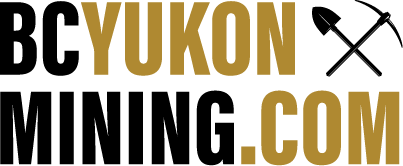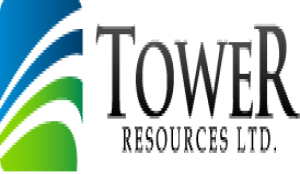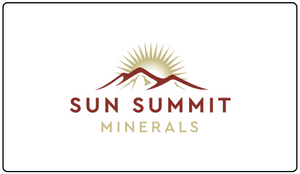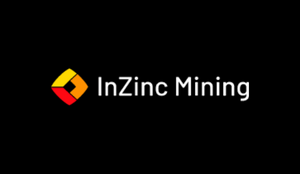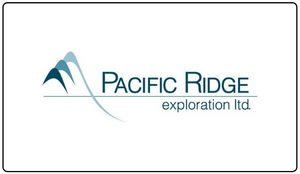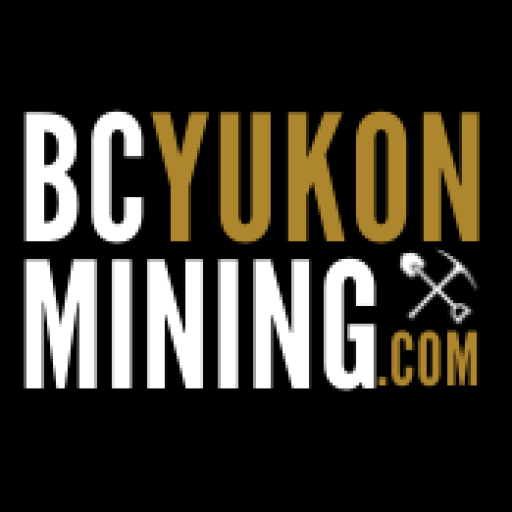Vancouver, Canada – July 27, 2021 – Canagold Resources Ltd. (TSX: CCM, OTC-QB: CRCUF, Frankfurt: CANA) announces high-grade gold assay results for three additional drill holes from the ongoing, fully-funded 24,000 meter (m), 47-hole drill program at its 100% owned New Polaris Gold project in northwestern British Columbia. The property is located 100 kilometers (km) south of Atlin, BC and 60 km northeast of Juneau, Alaska.
The focus of the 2021 drill program is the C West Main vein system which hosts a major part of the gold resources at New Polaris.
Highlights:
- 30.8 grams per tonne (gpt) Au over 3.9m from 433.6m in hole 21-1783E5
- including 48.9 gpt Au over 1.8m
- 16.0 gpt Au over 1.5m from 411.3m in hole 21-1873E6
- 11.6 gpt Au over 5.1m from 464.9m in hole 21-1829E2
- including 35.2 gpt Au over 1.1m
Scott Eldridge, CEO and Director, said, “Our infill drilling continues to yield impressive high-grade gold intercepts with very good continuity of mineralization. The first 8 holes of the 2021 drill program have each returned high grade gold intercepts, the most notable being 24.2 grams per tonne gold over 6.6 metres and 15.8 grams per tonne gold over 13.0 metres. All 2021 drill holes to date fall within our PEA mine plan and support our goal of converting the inferred resources to the indicated category. We plan to collar our first deeper step-out exploration hole in early August”.
The infill drill holes continue to deliver gold grades and mineralized widths that support the current resource at downhole depths as predicted by the geological model. The consistency of the C West Main mineralization is highlighted when the infill results are plotted amongst the previous drilling in Long Section in terms of gram-meter (g-m) intercepts, in that every pierce point above 7.5 g-m falls within the resource definition parameters of the PEA at a cut-off grade of 4.0 gpt and a minimum mining width of 2 m.
Out of the planned 47-hole, 24,000 m program, 17 holes have now been drilled, of which assay results have been reported for 8 holes. All the samples collected from the mineralized zone in these holes have been submitted to the ALS Geochemistry lab in Whitehorse, YT for gold analysis. Detailed information for the two drill holes and the sample assay results and mineralized intercepts are provided in Table 1 and Table 2 below. The collar locations of the two holes in relation to other drill holes of the infill program are shown on the Drill Hole Location Map and the mineralized intercepts relative to previous drilling on the Long Section.
Results from the remaining holes in this program will be released every few weeks as they become available throughout the summer and fall.
Infill Holes to Upgrade Inferred Resources to Indicated Resources
The program is designed to primarily in-fill drill the Inferred category areas of the C West Main vein system and to explore the down-plunge potential 200 to 250 m below the 600 m depth of the currently defined resources. The infill drill holes range in depth from 300 to 650 m and are designed to provide greater density of drill intercepts (20 – 25 m spacing) in areas of Inferred resources between 150 and 600 m below surface. The improved drill density will be used to upgrade parts of the resource categorized as Inferred in the 2019 Preliminary Economic Assessment (“PEA”)* to the Indicated Resource category for inclusion in a future feasibility study.
Exploration Holes to Test Down Plunge Potential and Expand Mineralized Zone
Two deeper exploration holes of approximately 1,000 m in length will be drilled as part of the program to test between 200 to 250 m down plunge of the modeled extent to the gold mineralization. These will be the deepest holes drilled on the project to date and the results will serve to guide the design of future drill programs. Typically, mesothermal gold systems continue for depths far exceeding the current 600 m depth of New Polaris (similar high grade gold mineralization at Red Lake, ON for example has been mined to depths of more than 2,200 m.).
*The New Polaris resource is contained within a preliminary economic assessment (“PEA”) report which was prepared by Moose Mountain Technical Services in the format prescribed by NI43-101 Standards of Disclosure for Mineral Projects, and filed on Sedar April 18, 2019.
New Polaris Overview
Canagold’s flagship asset is the 100% owned New Polaris Gold Mine project located in northwestern British Columbia about 100 kilometers south of Atlin, BC and 60 kilometers northeast of Juneau, Alaska. New Polaris lies within the Taku River Tlingit First Nations traditional territory. Canagold is committed to providing employment and business opportunities that help support the local economies in the vicinity of its exploration projects.
The New Polaris gold deposit is an early Tertiary, mesothermal gold-bearing vein system occupying shear zones cross-cutting late Paleozoic andesitic volcanic rocks. It was mined by underground methods from 1938 to 1942, and from 1946 to early 1951, producing approximately 245,000 oz gold from 740,000 tonnes of ore at an average grade of 10.3 gpt gold. Three main veins (“AB, C and Y”) were mined to a maximum depth of 150 m and have been traced by drilling for up to 1,000 m along strike and up to 800 m down dip, still open for expansion. The gold occurs dominantly in finely disseminated arsenopyrite within the quartz-carbonate stock-work veins and altered wall-rocks. Individual mineralized zones extend for up to 250 meters in length and up to 14 meters in width, though mineralized widths more commonly range from 2 to 5 meters.
Qualified Person
Garry Biles, P.Eng, President & COO for Canagold Resources Ltd, is the Qualified Person who reviewed and approved the contents of this news release.
Drill Core Sampling and Quality Assurance – Quality Control Program
Drill core is geologically logged to identify the gold mineralized zones that are allocated unique sample number tickets and marked for cutting using a purpose-built diamond blade rock saw. Half core samples are collected in labelled bags and the other half remains in the original core box stored on site. Quality control (QC) samples including certified reference material standards, blanks and duplicates are inserted into the sample sequence at intervals of one in ten on a rotating basis to monitor laboratory performance and provide quality assurance (QA) of the assay results. Several sample bags are transported together in rice bags with unique numbered security tags attached and labelled with Company and lab contact information to ensure sample security and chain of custody during shipment to the lab.
The samples are submitted to the ALS Geochemistry lab in Whitehorse, YT for preparation and assaying. The entire sample is crushed to 70% passing -2 millimeters and a 250 gram aliquot is split and pulverized to 85% passing -75 microns. Analysis for gold is by 30 gram fire assay and gravimetric finish. A suite of 30 other elements including arsenic, antimony, sulfur and iron are analyzed by aqua-regia digestion Inductively Coupled Plasma Atomic Emission Spectroscopy (ICP-AES). ALS Canada Ltd. is accredited by the Standards Council of Canada and is an ISO/IEC 9001:2015 and 17025:2017 certified analytical laboratory in North America.
“Scott Eldridge”
____________________
Scott Eldridge, Chief Executive Officer
CANAGOLD RESOURCES LTD.
About Canagold – Canagold Resources Ltd. is a growth-oriented gold exploration company focused on generating superior shareholder returns by discovering, exploring and developing strategic gold deposits in North America. Canagold shares trade on the TSX: CCM and the OTCQB: CRCUF.
For More Information – Please contact: Scott Eldridge, CEO, at Cell: (604) 722-5381 Email: scott@canagoldresources.com, or Knox Henderson, VP Corporate Development, Toll Free: 1-877-684-9700 Tel: (604) 416-0337 Cell: (604) 551-2360 Email: knox@canagoldresources.com Website: www.canagoldresources.com
